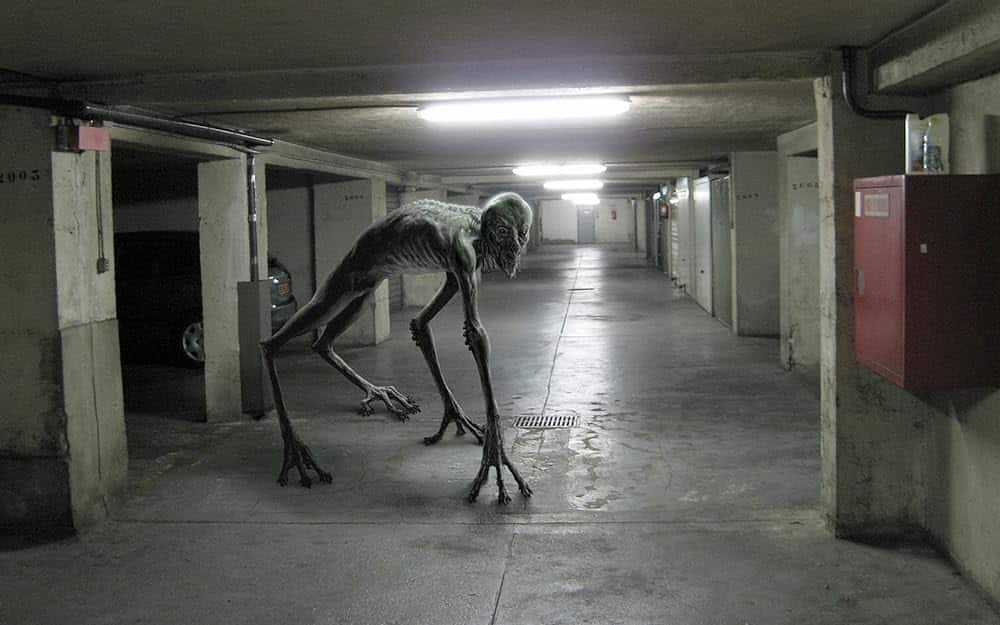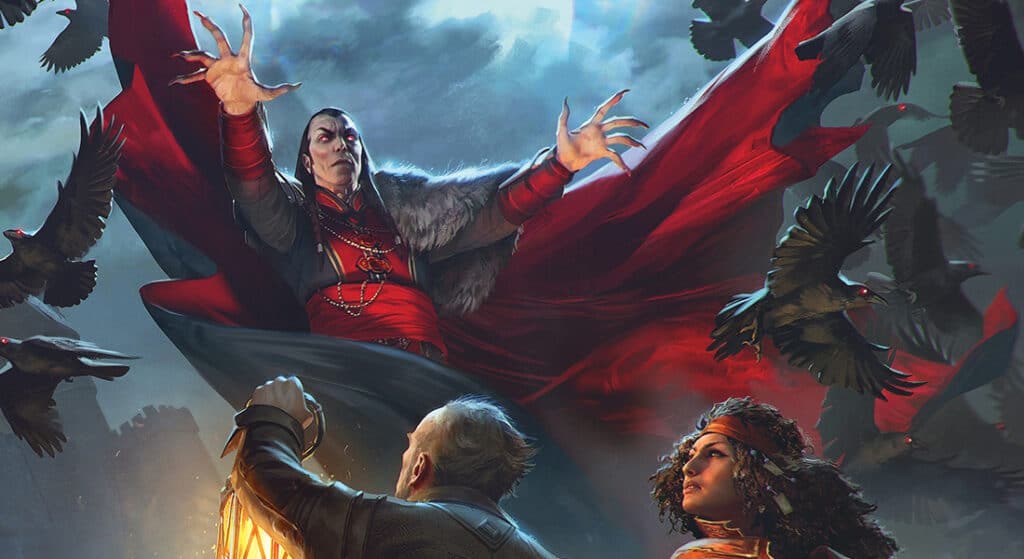Dungeons & Dragons (D&D) is a game that allows Dungeon Masters (DMs) and players to explore endless worlds of adventure, mystery, and excitement. But what if you want to add a little more fear to your campaign? Making D&D scary can elevate the experience, bringing a new level of intensity and thrill to your game. In this article, we’ll explore various techniques and tips to make your D&D sessions truly terrifying.
Understanding Fear in D&D
Fear is a powerful tool in D&D that can make your game more engaging and memorable. Understanding the different types of fear—such as suspense, dread, and terror—helps you apply them effectively.
Types of Fear
- Suspense: The anticipation of something bad happening.
- Dread: The feeling of impending doom.
- Terror: The intense fear of immediate danger.
Creating a Scary Atmosphere
The atmosphere is key to making your D&D sessions scary. Think about the setting, mood, and sensory details.
Setting the Scene
Choose settings that evoke fear, such as abandoned castles, haunted forests, and dark dungeons. Use descriptive language to paint vivid pictures in the players’ minds.
Mood and Sensory Details
Incorporate sensory details like the sound of creaking floors, the smell of damp earth, and the sight of flickering shadows to immerse your players in the atmosphere.
Using Sound and Music
Sound and music can significantly enhance the fear factor in your game.
Background Music
Use eerie background music to set the tone. There are many playlists available online specifically designed for horror-themed D&D sessions.
Sound Effects
Sound effects like whispers, footsteps, and sudden loud noises can create jump scares and keep players on edge.
Lighting and Visuals
The visual environment can greatly influence the mood.
Dim Lighting
If you play in person, dim the lights to create a spooky atmosphere. For online games, use darker, eerie visuals in your virtual tabletop settings.
Visual Props
Use props like candles, old maps, and creepy figurines to add a tangible element of horror.
Crafting Scary Narratives

A well-crafted narrative is essential for a scary D&D session.
Story Arcs
Create story arcs that involve mystery, unexpected twists, and dark secrets. The uncertainty keeps players engaged and fearful of what’s to come.
Descriptive Language
Use descriptive and evocative language to build the scenes and convey the horror elements effectively.
Developing Terrifying NPCs
Non-player characters (NPCs) can either alleviate or amplify the horror in your game.
Villains and Monsters
Develop complex villains and monsters that evoke fear. Give them unsettling traits and backstories.
Allies with Secrets
Even allies can contribute to the fear factor if they have hidden motives or dark secrets.
Monsters that Frighten
Choosing the right monsters can make a big difference in the fear factor of your game.
Classic Horror Monsters
Incorporate classic horror monsters like vampires, werewolves, and ghosts. These familiar foes bring a sense of dread and terror.
Unique Creatures
Create unique creatures that challenge the players’ expectations and evoke fear through the unknown.
Incorporating Horror Tropes
Horror tropes can be very effective when used correctly.
Common Tropes
Use common horror tropes like cursed items, haunted locations, and doomed prophecies to build a scary atmosphere.
Subverting Tropes
Sometimes, subverting these tropes can also create fear by surprising the players and keeping them on their toes.
Psychological Horror in D&D
Psychological horror delves into the minds of the characters and players.
Mind Games
Incorporate mind games and hallucinations to create a sense of paranoia and uncertainty.
Character Flaws
Exploit the characters’ flaws and fears to create personal and psychological horror.
Building Tension and Suspense
Building tension and suspense is crucial for maintaining a scary atmosphere.
Pacing
Control the pacing of your game to build suspense. Use slower moments to build tension and fast-paced scenes for sudden scares.
Cliffhangers
End sessions or scenes on cliffhangers to keep players in a state of anticipation and fear.
Using the Unknown
The unknown is one of the most powerful tools in creating fear.
Mystery and Ambiguity
Leave some elements of your story mysterious and ambiguous. The fear of the unknown can be more terrifying than any monster.
Hidden Information
Keep certain information hidden from the players, revealing it slowly to build suspense and fear.
Balancing Horror and Fun

While making D&D scary is fun, it’s important to balance horror with enjoyment.
Light Moments
Incorporate light moments and humor to provide relief from the constant tension. This contrast can make the scary moments even more effective.
Player Engagement
Ensure that all players are engaged and enjoying the game. Adjust the level of horror based on their reactions and comfort levels.
Player Consent and Comfort
Always prioritize the comfort and consent of your players when incorporating horror elements.
Setting Boundaries
Discuss boundaries and comfort levels with your players before starting a horror-themed campaign.
Safety Tools
Use safety tools like the X-card to ensure that players can indicate when they are uncomfortable with certain content.
Scary One-Shot Adventures
One-shot adventures are a great way to experiment with horror in D&D.
Planning a One-Shot
Plan a one-shot adventure with a clear beginning, middle, and end. Focus on creating a tight, intense experience.
Themes and Tropes
Choose a specific horror theme or trope to focus on for your one-shot, such as a haunted house or a cursed artifact.
Conclusion
Making D&D scary can elevate your game to new heights, providing thrilling and memorable experiences for your players. By understanding fear, creating a scary atmosphere, and balancing horror with fun, you can craft a D&D campaign that keeps your players on the edge of their seats. Remember to always prioritize player consent and comfort, ensuring that everyone has an enjoyable experience.
FAQs
1. How can I make my D&D game scarier?
You can make your D&D game scarier by creating a spooky atmosphere, using sound and music, developing terrifying NPCs, and incorporating horror tropes.
2. What are some good monsters for a scary D&D campaign?
Classic horror monsters like vampires, werewolves, and ghosts are great for a scary D&D campaign. Unique creatures and mind-bending entities can also evoke fear.
3. How do I balance horror and fun in my D&D sessions?
Balance horror and fun by incorporating light moments and humor to provide relief from tension. Adjust the level of horror based on player reactions and comfort levels.
4. What should I consider when running a horror-themed D&D one-shot?
When running a horror-themed one-shot, focus on a clear and intense narrative, use a specific horror theme or trope, and ensure the adventure has a satisfying conclusion.
5. How can I ensure my players are comfortable with horror elements in D&D?
Ensure player comfort by discussing boundaries and comfort levels before the game, using safety tools like the X-card, and being responsive to player feedback during the session.


